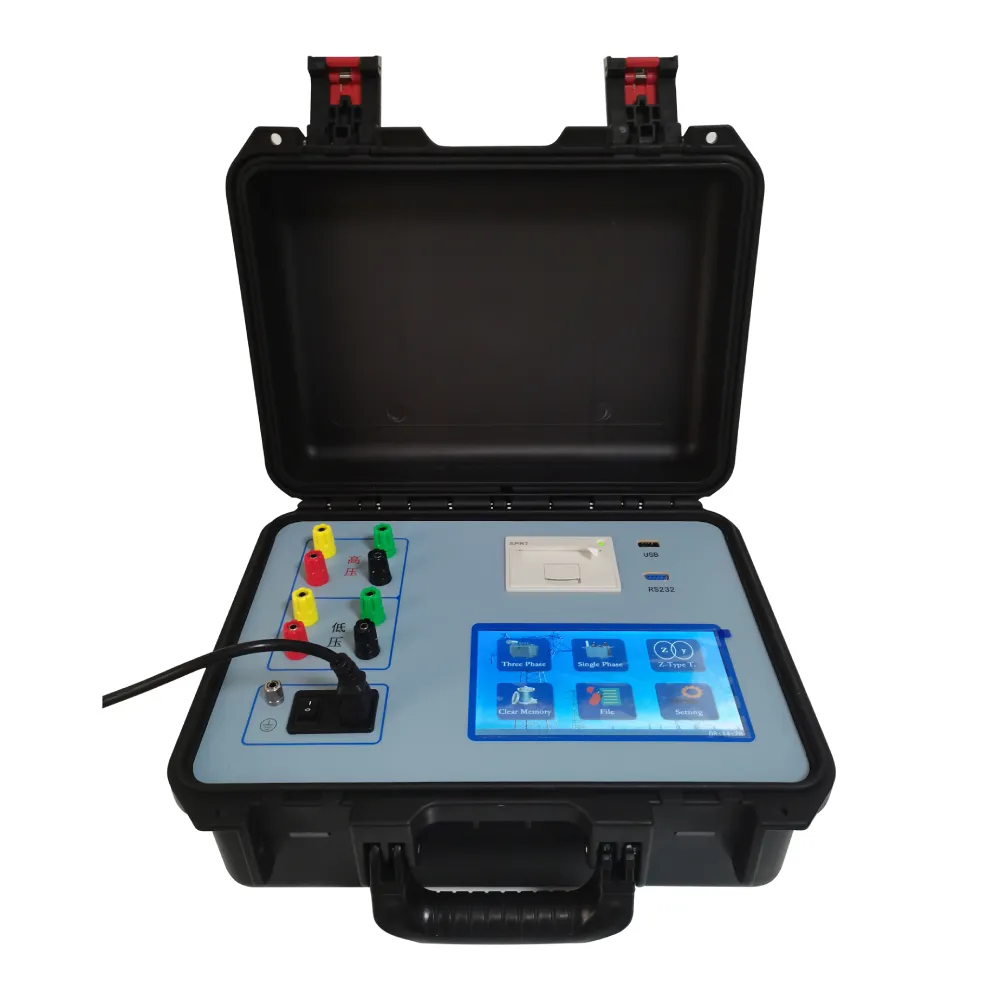 English
English



-
 Afrikaans
Afrikaans -
 Albanian
Albanian -
 Amharic
Amharic -
 Arabic
Arabic -
 Armenian
Armenian -
 Azerbaijani
Azerbaijani -
 Basque
Basque -
 Belarusian
Belarusian -
 Bengali
Bengali -
 Bosnian
Bosnian -
 Bulgarian
Bulgarian -
 Catalan
Catalan -
 Cebuano
Cebuano -
 China
China -
 China (Taiwan)
China (Taiwan) -
 Corsican
Corsican -
 Croatian
Croatian -
 Czech
Czech -
 Danish
Danish -
 Dutch
Dutch -
 English
English -
 Esperanto
Esperanto -
 Estonian
Estonian -
 Finnish
Finnish -
 French
French -
 Frisian
Frisian -
 Galician
Galician -
 Georgian
Georgian -
 German
German -
 Greek
Greek -
 Gujarati
Gujarati -
 Haitian Creole
Haitian Creole -
 hausa
hausa -
 hawaiian
hawaiian -
 Hebrew
Hebrew -
 Hindi
Hindi -
 Miao
Miao -
 Hungarian
Hungarian -
 Icelandic
Icelandic -
 igbo
igbo -
 Indonesian
Indonesian -
 irish
irish -
 Italian
Italian -
 Japanese
Japanese -
 Javanese
Javanese -
 Kannada
Kannada -
 kazakh
kazakh -
 Khmer
Khmer -
 Rwandese
Rwandese -
 Korean
Korean -
 Kurdish
Kurdish -
 Kyrgyz
Kyrgyz -
 Lao
Lao -
 Latin
Latin -
 Latvian
Latvian -
 Lithuanian
Lithuanian -
 Luxembourgish
Luxembourgish -
 Macedonian
Macedonian -
 Malgashi
Malgashi -
 Malay
Malay -
 Malayalam
Malayalam -
 Maltese
Maltese -
 Maori
Maori -
 Marathi
Marathi -
 Mongolian
Mongolian -
 Myanmar
Myanmar -
 Nepali
Nepali -
 Norwegian
Norwegian -
 Norwegian
Norwegian -
 Occitan
Occitan -
 Pashto
Pashto -
 Persian
Persian -
 Polish
Polish -
 Portuguese
Portuguese -
 Punjabi
Punjabi -
 Romanian
Romanian -
 Russian
Russian -
 Samoan
Samoan -
 Scottish Gaelic
Scottish Gaelic -
 Serbian
Serbian -
 Sesotho
Sesotho -
 Shona
Shona -
 Sindhi
Sindhi -
 Sinhala
Sinhala -
 Slovak
Slovak -
 Slovenian
Slovenian -
 Somali
Somali -
 Spanish
Spanish -
 Sundanese
Sundanese -
 Swahili
Swahili -
 Swedish
Swedish -
 Tagalog
Tagalog -
 Tajik
Tajik -
 Tamil
Tamil -
 Tatar
Tatar -
 Telugu
Telugu -
 Thai
Thai -
 Turkish
Turkish -
 Turkmen
Turkmen -
 Ukrainian
Ukrainian -
 Urdu
Urdu -
 Uighur
Uighur -
 Uzbek
Uzbek -
 Vietnamese
Vietnamese -
 Welsh
Welsh -
 Bantu
Bantu -
 Yiddish
Yiddish -
 Yoruba
Yoruba -
 Zulu
Zulu
voltage current generator
Understanding Voltage, Current, and Generators A Comprehensive Overview
Electricity is an essential part of our daily lives, powering everything from our homes to our workplaces. At the heart of this energy system lies the interplay between voltage and current, primarily facilitated by generators. To grasp how these concepts work together, let’s delve into the definitions and relationships of voltage and current, and how generators play a crucial role in generating electrical energy.
What is Voltage?
Voltage, often referred to as electric potential difference, is the measure of the potential energy per unit charge available to move electrons from one point to another in an electrical circuit. It is measured in volts (V) and can be thought of as the force that pushes electric charges through a conductor. High voltage can facilitate the transmission of electricity over long distances, making it a vital component in electrical grids.
What is Current?
Current, on the other hand, is the flow of electric charge, typically carried by electrons in a conductor. It is measured in amperes (A) and represents the quantity of charge flowing through a circuit per second. Current can be direct (DC) or alternating (AC); DC flows in one direction, while AC periodically reverses direction. The relationship between voltage and current is governed by Ohm’s Law, which states that Voltage (V) = Current (I) × Resistance (R). This fundamental equation lays the groundwork for understanding how electrical circuits operate.
The Role of Generators
voltage current generator

Generators are devices that convert mechanical energy into electrical energy, often through electromagnetic induction. When a conductor moves through a magnetic field, an electric current is induced in the conductor. This principle is the basis for many types of generators, including hydroelectric, wind, and fossil fuel generators.
A generator essentially creates voltage, leading to the flow of current when connected to a load (like a light bulb or electrical appliance). The amount of voltage generated is influenced by several factors, including the strength of the magnetic field, the speed at which the conductor moves through the field, and the number of coils in the generator. By adjusting these factors, operators can control the voltage output of the generator.
Interplay Between Voltage and Current in Generators
In a functioning generator, voltage and current are intricately linked. When a generator produces voltage, it influences the flow of current in the circuit. For a particular load, if the voltage increases, the current will also increase, provided that the resistance of the load remains constant, as per Ohm's Law. Conversely, if the load resistance increases, the current will decrease for the same voltage.
The efficiency of generators is crucial for power distribution. Modern generators are designed to produce optimal voltage levels that ensure minimal energy loss during transmission. However, factors such as resistance in the transmission lines and load variations can impact current flow and efficiency. Managing these factors is essential to ensure a stable and reliable power supply.
Conclusion
Understanding voltage, current, and the role of generators is fundamental to the study of electricity and its applications. As the demand for electricity continues to rise, advancements in generator technology and improved methods for managing voltage and current flow will play a significant role in shaping our energy future. By comprehending these concepts, we can better appreciate the complexity and importance of the electrical systems that power our lives every day.
-
Testing Equipment Industry Sees Major Advancements in 2025: Smart & Precision Technologies Lead the WayNewsJun.06,2025
-
Applications of Direct Current Generators in Renewable Energy SystemsNewsJun.05,2025
-
Hipot Tester Calibration and Accuracy GuidelinesNewsJun.05,2025
-
Digital Circuit Breaker Analyzer Features and BenefitsNewsJun.05,2025
-
Benefits of Real-Time Power Quality Monitoring Devices for Industrial EfficiencyNewsJun.05,2025
-
Earth Fault Loop Testing in High-Rise Building Electrical SystemsNewsJun.05,2025



